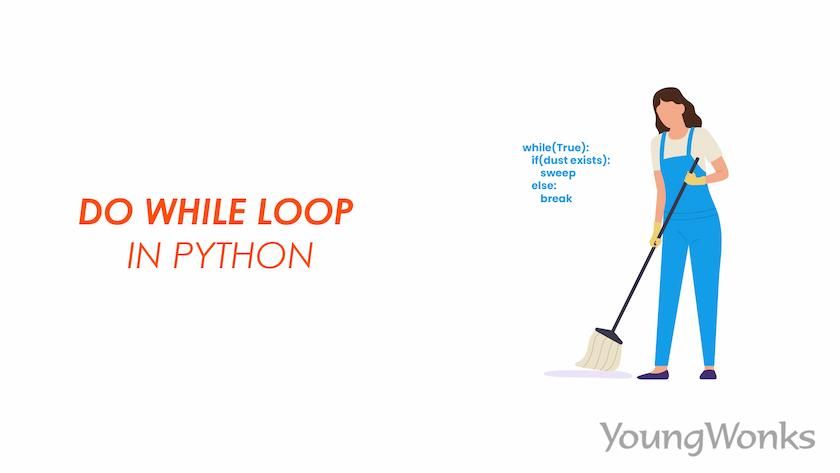Feb 18, 2024 By Team YoungWonks *
In the field of programming, a loop is a control flow that allows you to repeat a line of code multiple times. For instance, if you want to print 'Hello' 10 times, you can use a loop instead of writing 10 lines of code. This concept is fundamental in any Python tutorial for beginners.
There are various types of loops, including the for loop, while loop, and the do-while loop. This blog will focus on the do-while loop, a unique loop type not directly supported by Python 3 but can be implemented using other Python features.
Understanding the Do-While Loop
A do-while loop is a loop that executes a block of code at least once, then checks a boolean condition which results in a true or false to decide whether to repeat the block of code or not. The loop runs until the loop condition becomes false. This is different from a Python while loop, which checks the condition before executing the block of code.
Here's how you can write a do-while loop in Python:
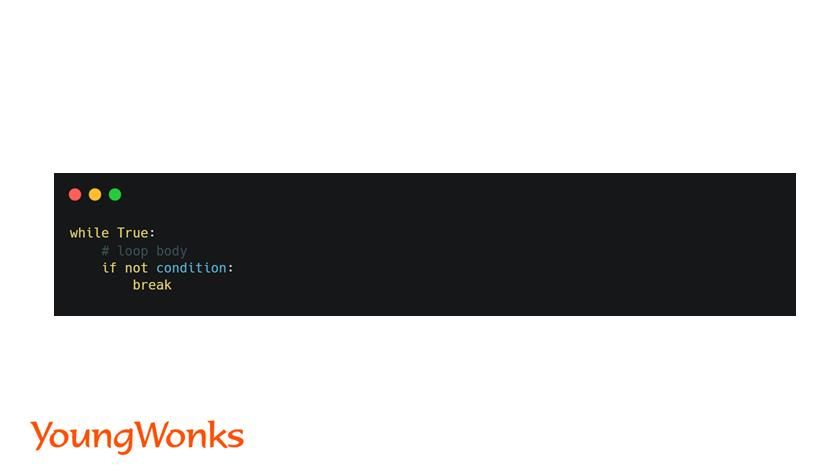
The while True statement creates an infinite loop, which will run indefinitely unless we stop it. The if not conditional statements checks the opposite of the loop condition we want to use for the loop. If the condition is false, the break statement exits the loop. Otherwise, the loop continues.
For example, if we want to ask the user to enter a number between 1 and 10 and repeat the question until the user enters a valid number, we can use a do-while loop like this:
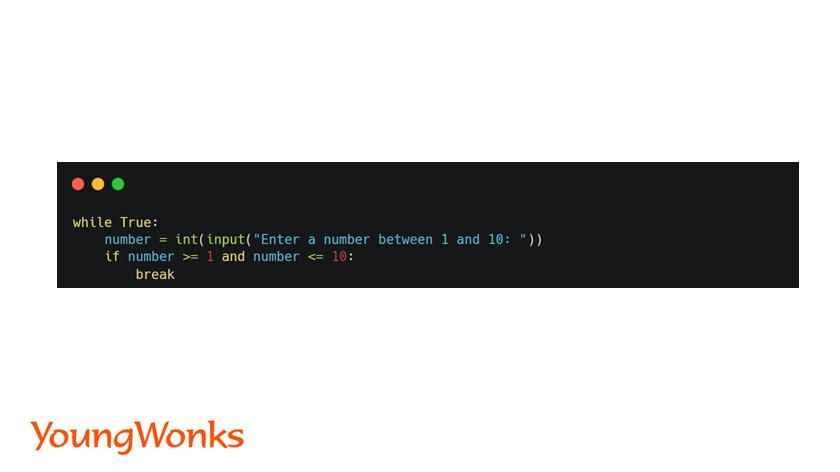
In the above example, the loop begins by taking user input, requiring a conversion from str to int due to the differing data types between the input statement and the integers used for comparison. It then proceeds to verify if the entered number falls within the range of 1 to 10. If it does, the loop terminates, otherwise, it prompts the user for input again.
Why Use a Do-While Loop?
A do-while loop is handy when you want to execute a block of code at least once, regardless of the condition. For example, if you want to display a menu to the user and ask them to choose an option, you can use a do-while loop to ensure the menu is shown at least once, even if the user enters an invalid option.
Another use case for a do-while loop is when you want to perform some action until a certain event happens, such as waiting for a file to download, a button to be clicked, or a signal to be received. You can use a do-while loop to keep checking for the event and stop the loop when the event occurs.
How is a Do-While Loop Different from a While Loop?
A while loop is another type of loop that executes a block of code as long as a condition is true. The syntax of a while loop in Python is:

The difference between a while loop and a do-while loop is that a while loop checks the condition before executing the block of code, while a do-while loop checks the condition after executing the block of code. This means that a while loop may not execute the block of code at all if the condition is false from the start, while a do-while loop will always execute the block of code at least once.
For example, suppose we want to print the numbers from 1 to 10 using a loop. We can use a while loop like this:
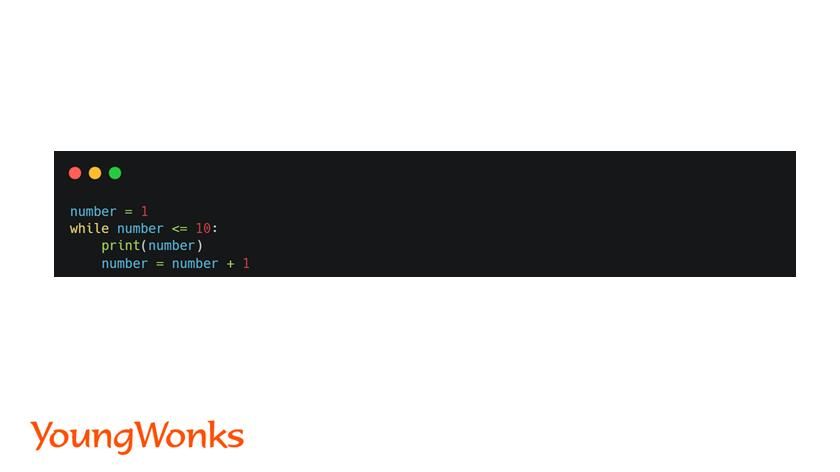
The loop will start with number = 1, and check if number <= 10. If it is, the loop will print the number and increment it by 1. The loop will repeat until number becomes 11, and then stop.
We can also use a do-while loop like this:
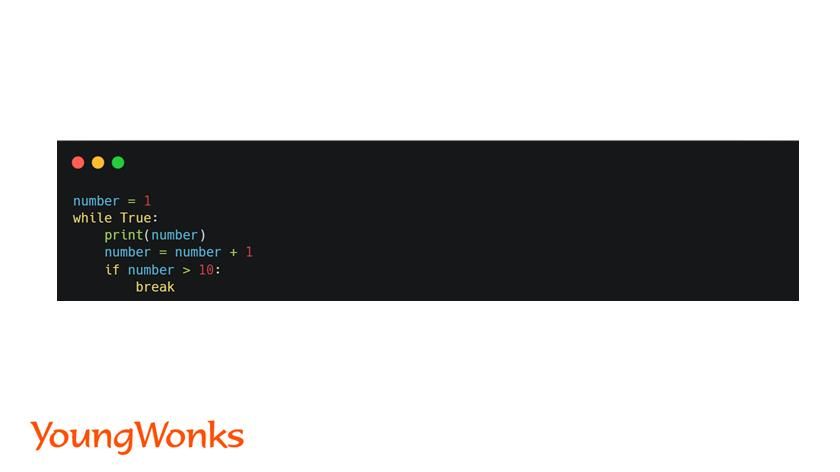
The loop will start with number = 1 and print it. Then, the loop will increment the number by 1, and check if number > 10. If it is, the loop will break. Otherwise, the loop will continue.
Both loops will produce the same output, but the do-while loop is slightly more complicated and less readable than the while loop. Therefore, it is recommended to use a while loop when possible, and only use a do-while loop when necessary.
How is a Do-While Loop Different from a For Loop?
A for loop is another type of loop that executes a block of code for a fixed number of times, or for each element in a sequence. The syntax of a for loop in Python is:
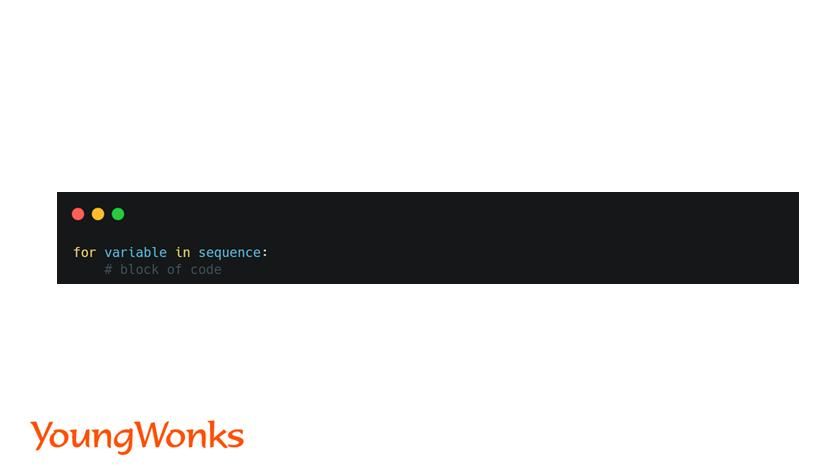
The variable is a parameter that can be used to access the current element in the sequence. The sequence can be any iterable object, such as python lists, tuples, dictionaries, or a range.
The differences between a for loop and a do-while loop are:
- A for loop has a predefined number of iterations, or a predefined sequence of elements, while a do-while loop has a variable number of iterations, or no sequence at all.
- A for loop is more suitable for situations where you know how many times you want to repeat the block of code, or what elements you want to iterate over. A do-while loop is more suitable for situations where you don't know how many times you want to repeat the block of code, or what elements you want to iterate over.
For example, suppose we want to print the elements of a list using a loop. We can use a for loop like this:
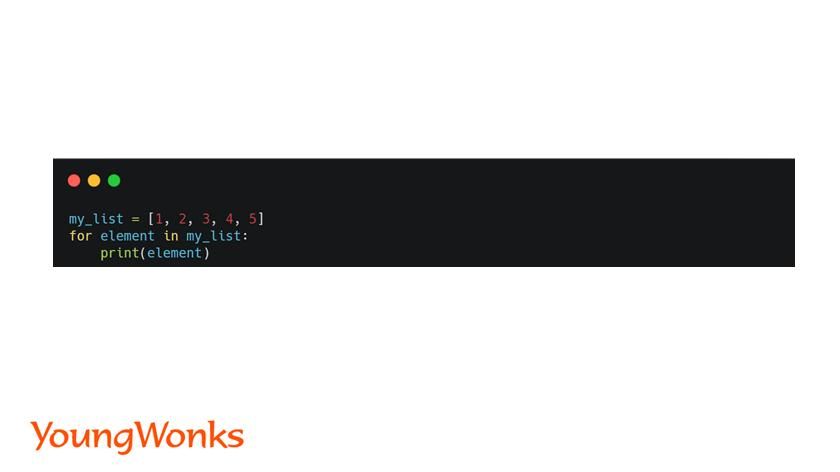
The loop will iterate over each element in the list and print it.
We can also use a do-while loop like this:
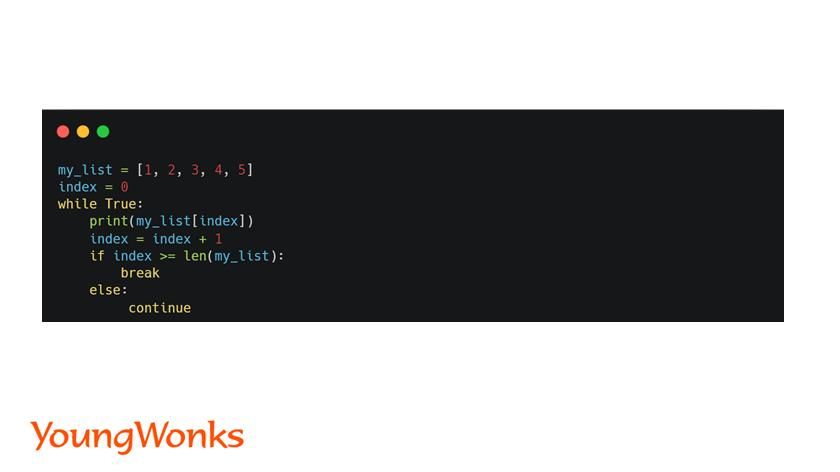
The loop will start with index = 0 and print the element at that index in the list. Then, the loop will increment the index by 1, and check if index >= len(my_list). If it is, the loop will break. Otherwise, the loop will continue, putting the else statement with the continue statement is not necessary here.
Both loops will produce the same output, but the for loop is much simpler and more readable than the do-while loop.
Conclusion
In this blog, we learned about the do-while loop in Python, which is a type of loop that executes a block of code at least once, and then checks a condition to decide whether to repeat the block of code or not. We also learned how to implement a do-while loop in Python using the while True and break statements, and how to compare and contrast a do-while loop with a while loop and a for loop. We saw some examples and use cases of a do-while loop, and some tips and best practices for using loops in Python.
We hope you enjoyed this blog and learned something new. If you want to learn more about Python programming or other topics like data science, machine learning, HTML, CSS, django, decorators, if-elif statements, nested loops, pandas, compilers, history of operating systems such as windows or any other topics, you can check out our other blogs, tutorials, and python projects on our website. Thank you for reading, and happy coding!
Bonus: Do-While Loop in Other Languages
As a bonus, we will show you how to write a do-while loop in some other popular programming languages, such as Java and JavaScript.
Do-While Loop in Java
Java is a widely used programming language that supports a do-while loop with a simple syntax. The syntax of a do-while loop in Java is:
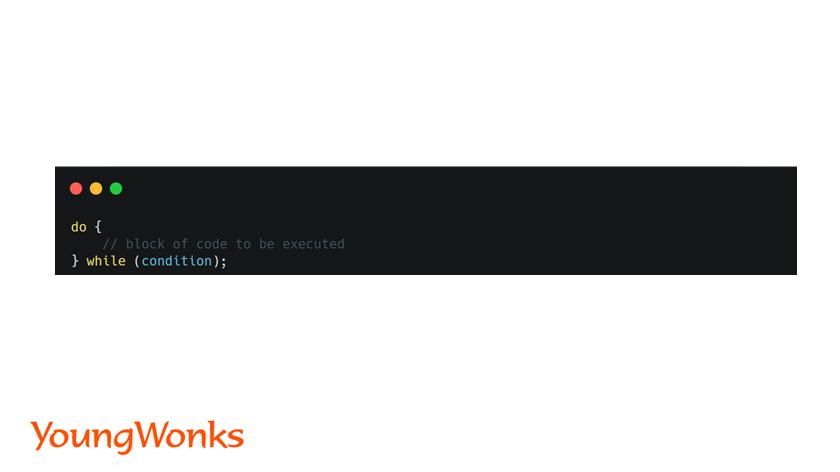
The block of code in the loop body is executed first, and then the condition is checked. If the condition is true, the loop repeats. If the condition is false, the loop ends.
Do-While Loop in JavaScript
JavaScript is a scripting language that is mainly used for web development. JavaScript also supports a do-while loop with a similar syntax to Java. The syntax of a do-while loop in JavaScript is:
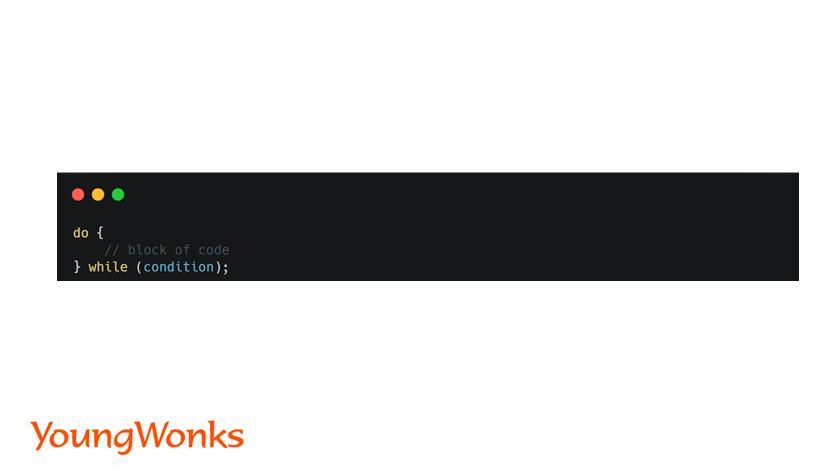
The block of code is executed first, and then the condition is checked. If the condition is true, the loop repeats. If the condition is false, the loop ends.
Empowering the Future of Tech through Tailored Coding Classes
Continuing to foster a passion for technology in the younger generation, YoungWonks offers Coding Classes for Kids designed to unlock their creative potential and problem-solving skills. Through understanding structures like the 'do while loop' in Python, students can advance their programming abilities effectively. For those looking to delve deeper into Python, YoungWonks provides specialized Python Coding Classes for Kids, which are perfect for sharpening their coding prowess. Moreover, aspiring innovators interested in hardware and game development can immensely benefit from the comprehensive Raspberry Pi, Arduino, and Game Development Coding Classes, fostering a well-rounded approach to computer science education. These programs are tailor-made to nurture the next generation of tech enthusiasts and leaders.
*Contributors: Written by Prarabdh Joshi; Edited by Rohit Budania; Lead image by Shivendra Singh
